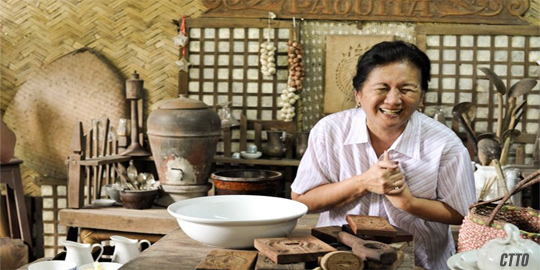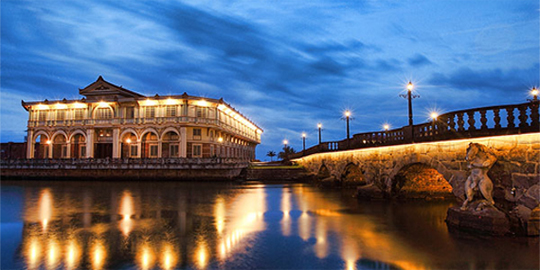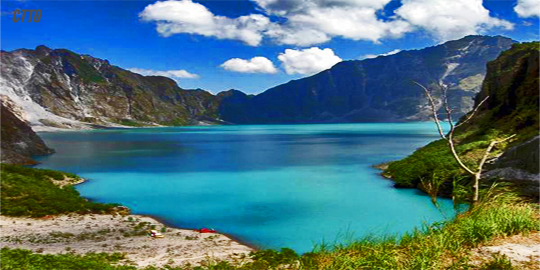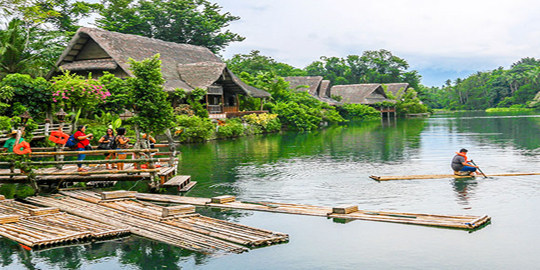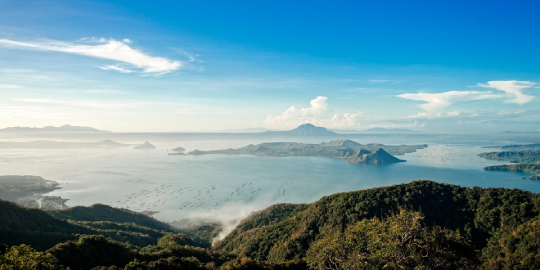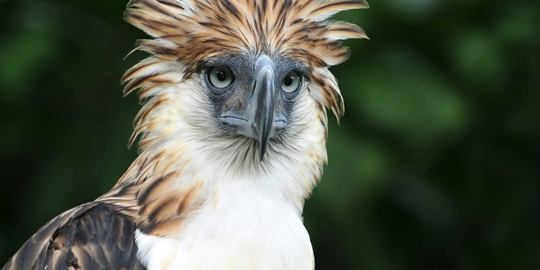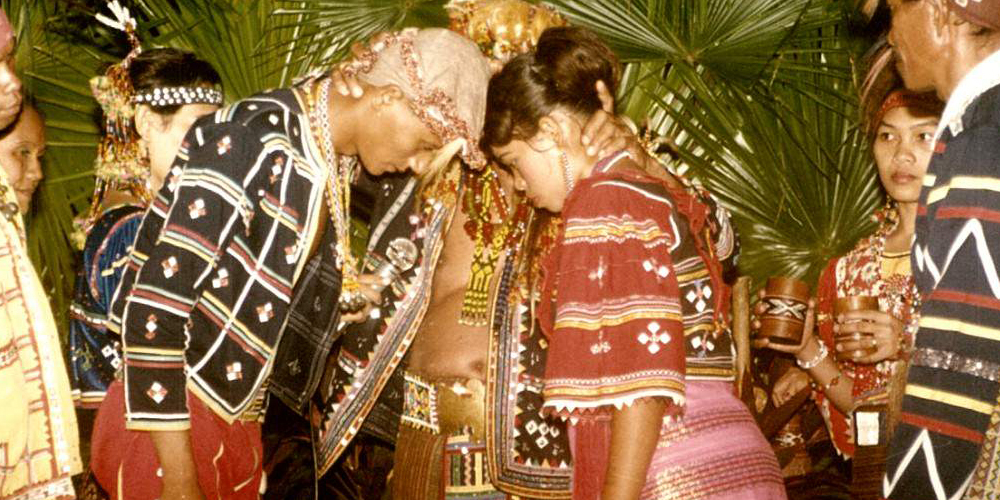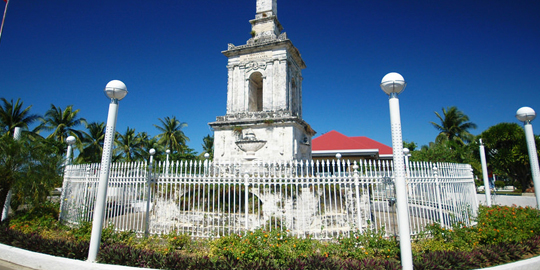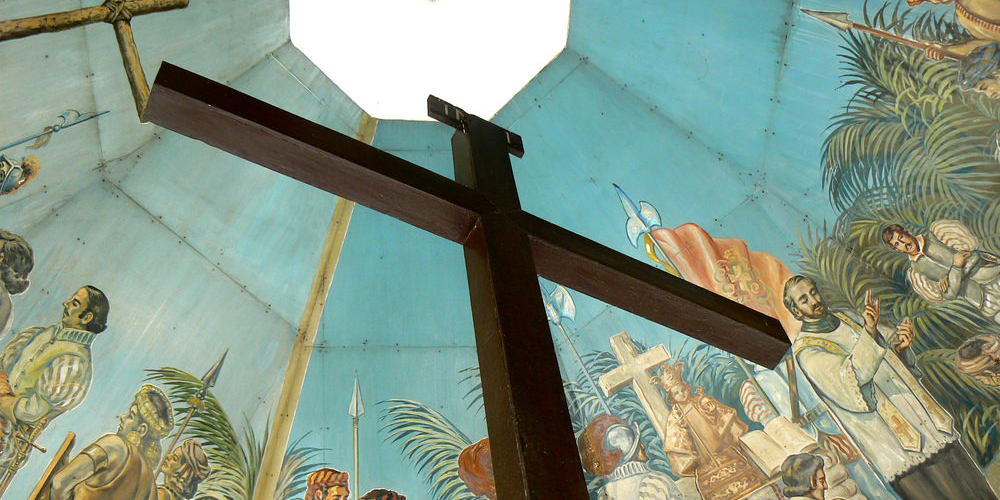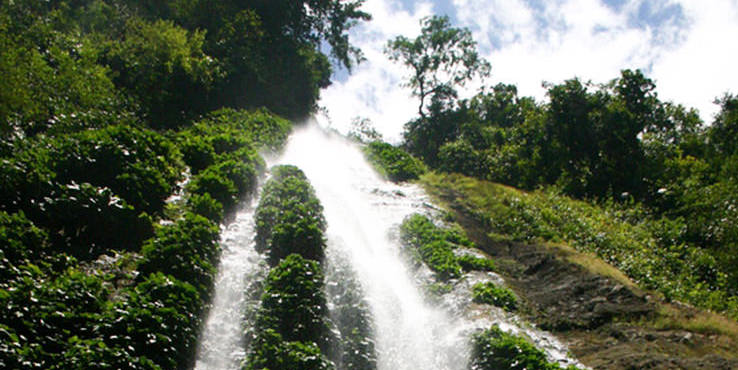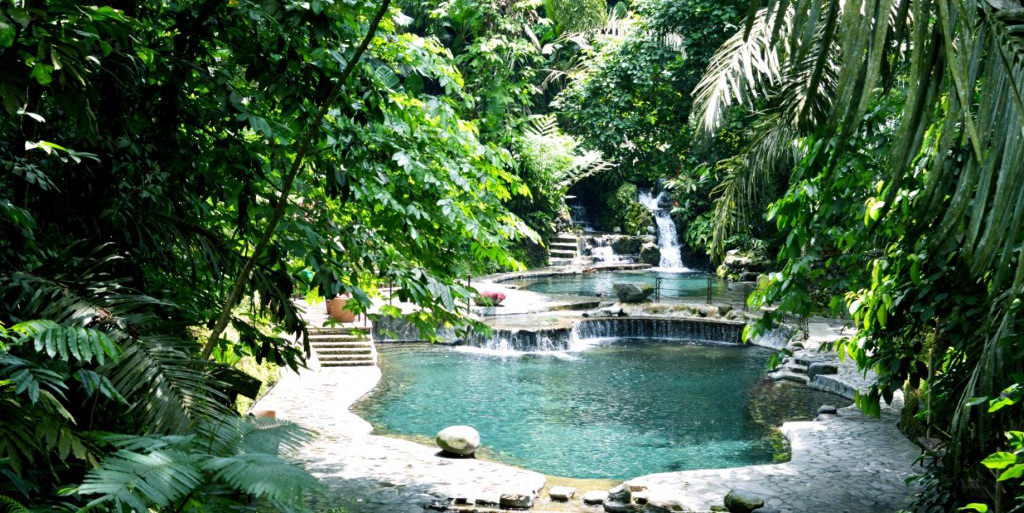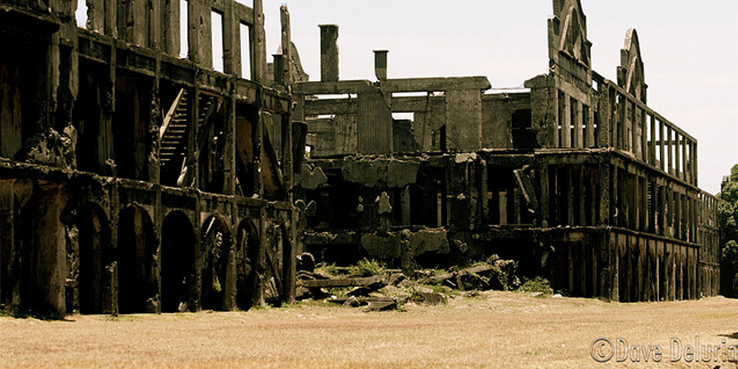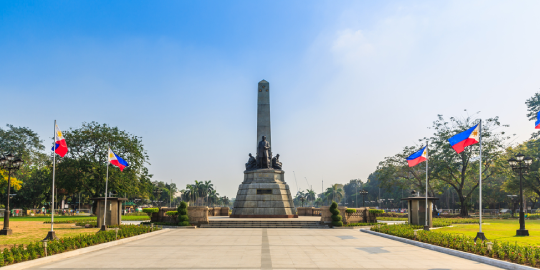Experience the famous Pampanga’s cuisine and its rich cultural heritage.Visit a local ancestral house, where Atching Lillian will serve a sumptuous Brunch with the traditional local dishes of Pampanga. Discover the secrets behind the famous Kapampangan food by a cooking demo by Atching Lillian herself. After the cooking demo, visit the San Guillermo Church, a half-buried church in Bacolor Pampanga. The church is one of the badly devastated by the lahar during the Mt. Pinatubo eruption. Not too far is the Betis Crafts showcasing their world class, high-end woodcarvings. Another must-see church to visit is the St. James the Apostle Parish also called Betis Church of Guagua. The church is known of its amazing hand-painted walls and ceiling. After the tour, be delighted in another sumptuous afternoon snack and unique pasalubong of Pampanga delicacies right at Susie’s Cuisine.
